What Is a Fata Morgana?
Fata Morgana is not the name of an ancient legend (though it does sound like one), nor is it a ship lost in time. It is an optical illusion, a mirage that tricks your eyes into seeing things where they don’t belong. Named after Morgan le Fay, the legendary enchantress from Arthurian myths, this phenomenon has been responsible for countless ghost ship sightings, floating cities, and even mysterious islands that don’t exist.
A Fata Morgana occurs due to an effect called superior mirage—caused by temperature inversion over large bodies of water. Normally, air gets colder as altitude increases. However, when a layer of cold air is trapped beneath warmer air, light bends abnormally as it passes through these layers, creating distorted and sometimes multiple stacked images of distant objects. Ships may appear stretched, upside down, or even levitating above the ocean.
The Odessa Incident: A Modern-Day Ghost Ship?
In January 2025, Odessa made headlines when eerie footage of ships “floating” above the Black Sea went viral. Social media exploded with theories: Was it a secret government experiment? A digital hoax? Evidence of the paranormal? Turns out, it was simply Mother Nature playing tricks on us. Due to a warm winter, conditions were perfect for a classic Fata Morgana, causing ships to appear eerily suspended above the horizon.
This was not the first time such a spectacle had bewildered people. Sailors throughout history have reported mysterious, otherworldly visions on the open sea. The question is—how often has a Fata Morgana led to myths of vanishing vessels, phantom fleets, or even the fabled Flying Dutchman?
Historical Encounters with Fata Morgana
The Fata Morgana illusion has been deceiving explorers, seafarers, and even military strategists for centuries. Here are some of the most fascinating historical cases:
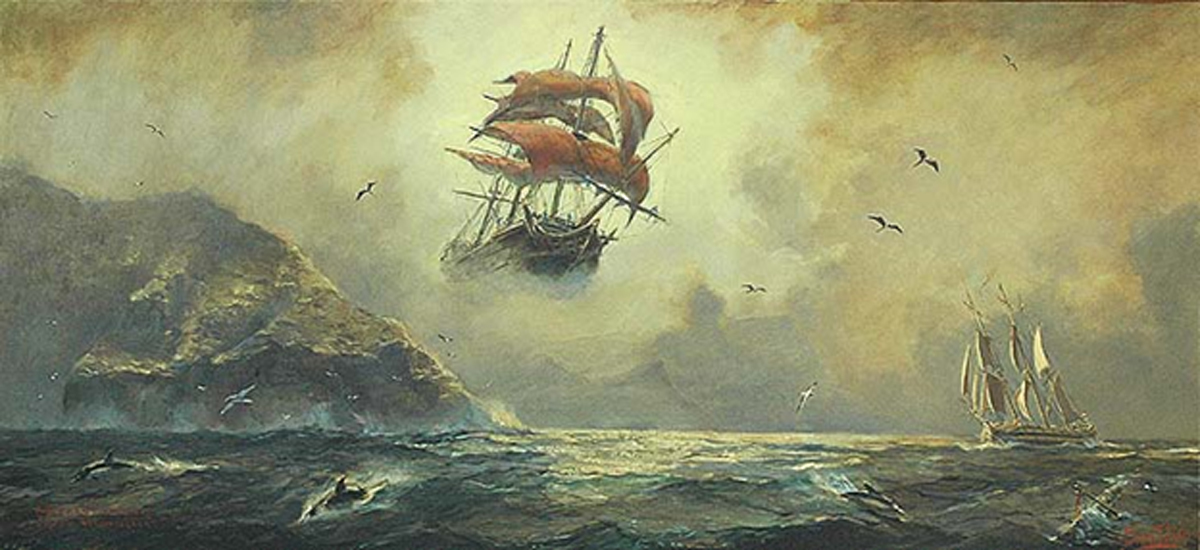
- The Flying Dutchman – One of the most famous ghost ships in nautical lore, this spectral vessel was said to be doomed to sail the oceans forever. But could it have been a product of Fata Morgana, with distant ships appearing distorted and ghostly on the horizon?
- Napoleon’s Mysterious Army – In 1818, during a military expedition in Italy, soldiers reportedly saw an army marching in the sky. Was it divine intervention, or simply Fata Morgana distorting a distant caravan of travelers?
- The Phantom Cities of the Arctic – Explorers have documented entire floating cities appearing in the ice-covered North. These illusions have fueled myths of hidden civilizations and lost lands, when in reality, they were just mirages bending reality in the most spectacular way.
The Science Behind the Sorcery
If Fata Morgana is just an illusion, why does it look so unrealistically real? The answer lies in the physics of light refraction.
When a layer of warm air sits above a layer of cold air, light rays bend downward instead of traveling in a straight line. The human brain, however, is wired to assume that light always travels in a straight line. So when we see a Fata Morgana, we perceive distorted, stacked, and floating images that seem absolutely real.
This bending of light can produce mirrors, duplicates, and stretched distortions of distant objects. The most mind-bending part? A Fata Morgana can sometimes make things appear in places they aren’t actually located—leading to mirages of cities, cliffs, or even UFO-like objects.
Science vs. Myths
Today, we understand the Fata Morgana effect better than ever, but that hasn’t stopped it from fueling conspiracy theories. With the rise of deepfake technology, digital hoaxes, and AI-generated imagery, a natural optical illusion like this is bound to be misinterpreted time and time again.
Could Fata Morgana be responsible for some UFO sightings? Perhaps. Are we still prone to believing in floating castles, ghost ships, and phantom islands because of it? Definitely.
Witnessing a Ghost Ship: Can You See One?
You don’t need to be lost at sea to witness a Fata Morgana. Here are the best conditions to experience this mind-bending effect:
- Location: Open water bodies like lakes, seas, and oceans are the best places to spot one.
- Weather: Look for days when a temperature inversion is likely—meaning warmer air sits above cooler air.
- Time of Day: Early morning or late afternoon, when the sun is at an angle that enhances the refraction.
- Season: Warmer winters with cold ground temperatures create perfect conditions for mirages.
So, if you ever find yourself staring at a ship sailing above the water, don’t panic. You’re witnessing an ancient illusion that has tricked explorers and sailors for centuries.
The Magic of Fata Morgana
A floating ship. A phantom island. A lost city shimmering in the distance. The Fata Morgana effect is a breathtaking reminder that the world isn’t always what it seems. While we may no longer fear ghost ships or marching armies in the sky, our brains are still just as vulnerable to being deceived by the magic of light.
So next time you see a vessel levitating over the horizon, ask yourself: Ghost ship? A glitch in the Matrix? Or simply a reminder that nature is the greatest illusionist of them all?
You might have missed many other fascinating pieces of information, follow Maybemiss.com to stay updated on things that may be old but feel incredibly new!



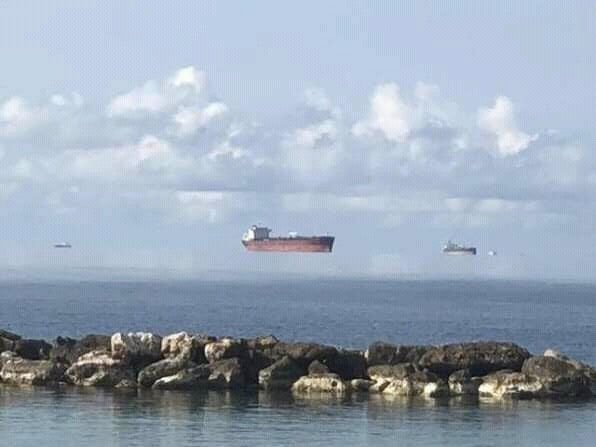

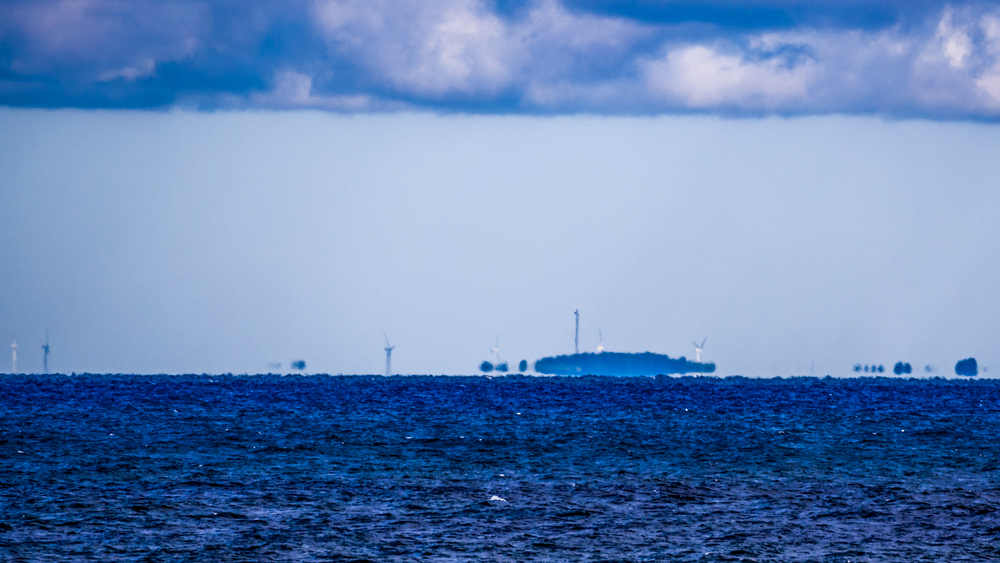
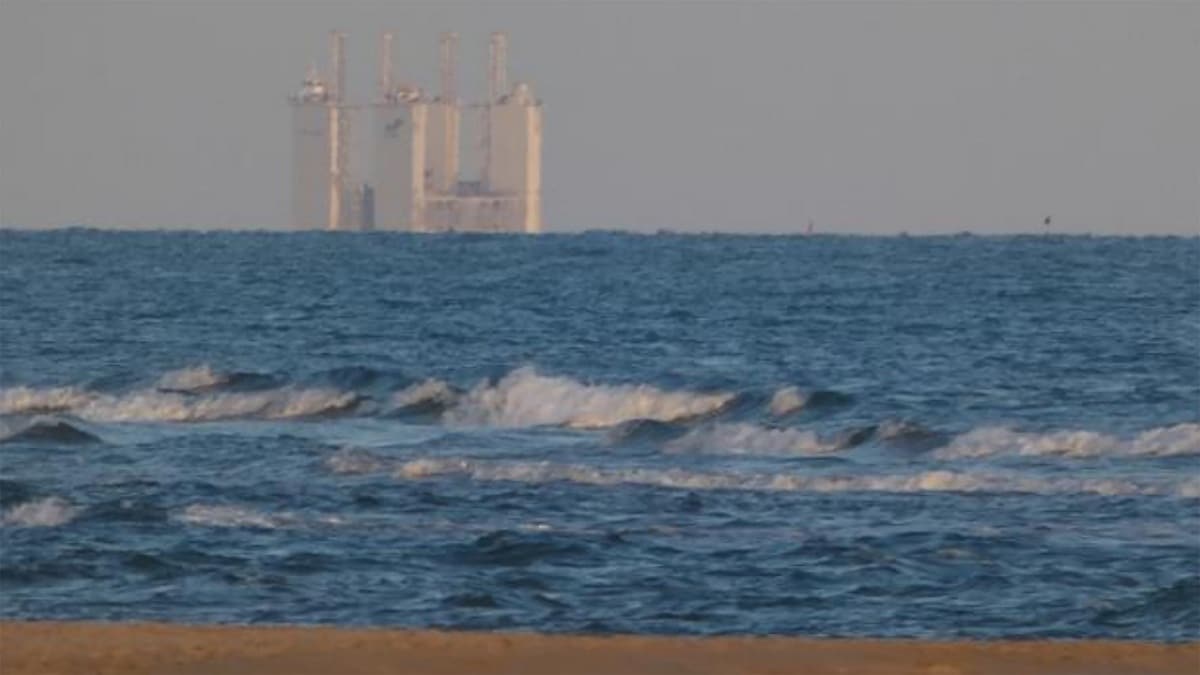
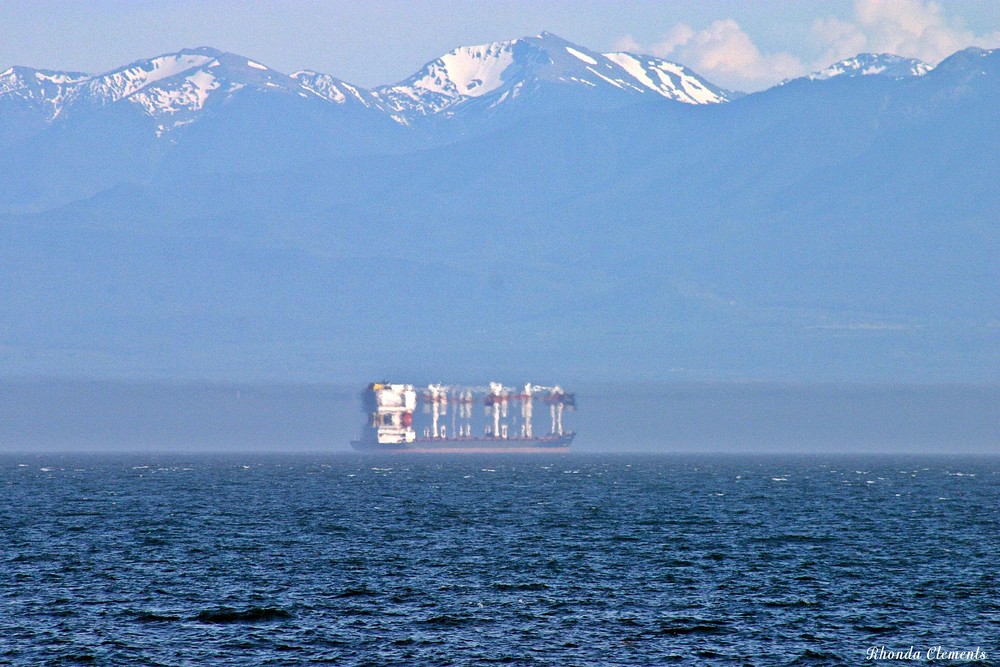
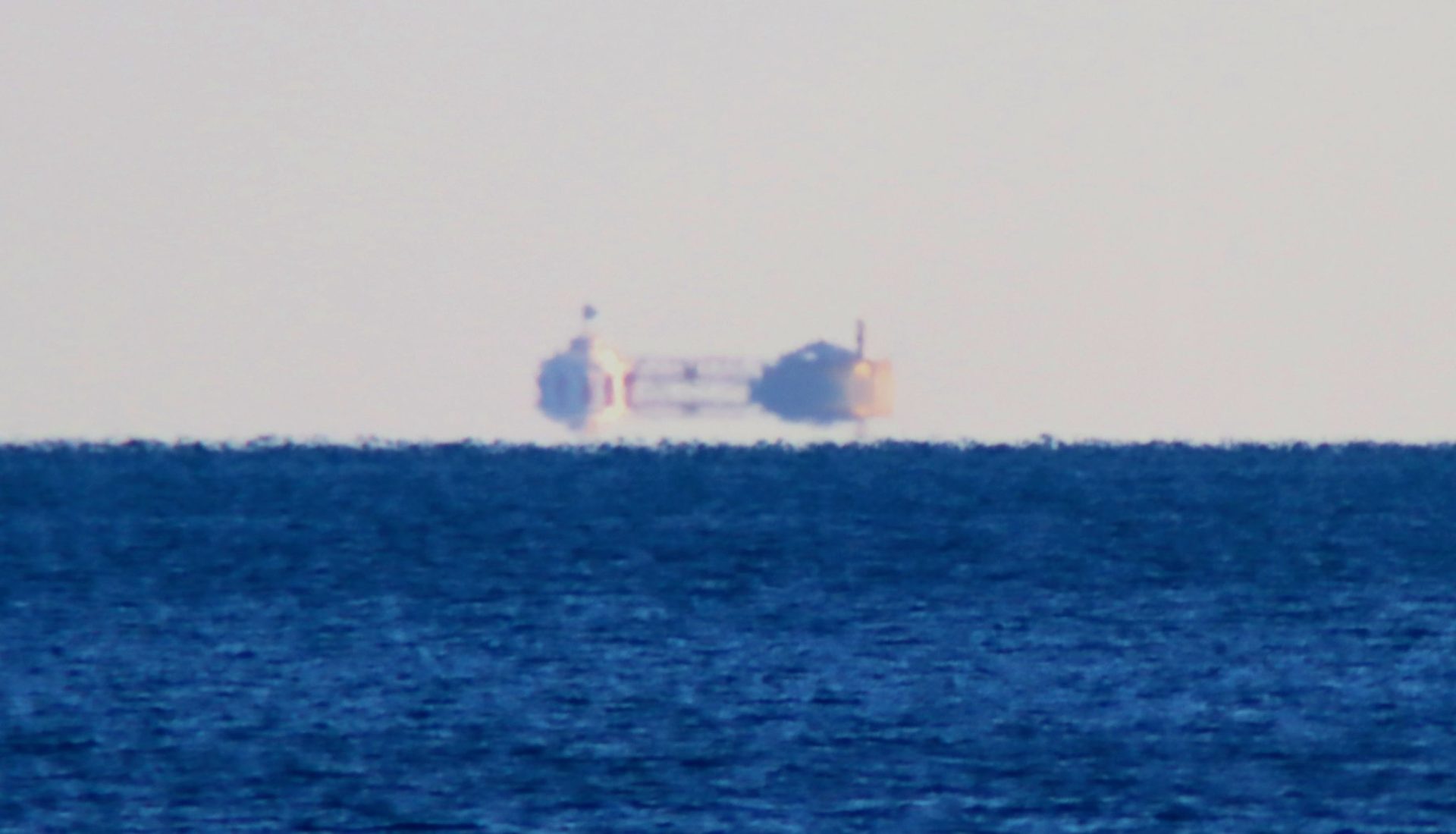
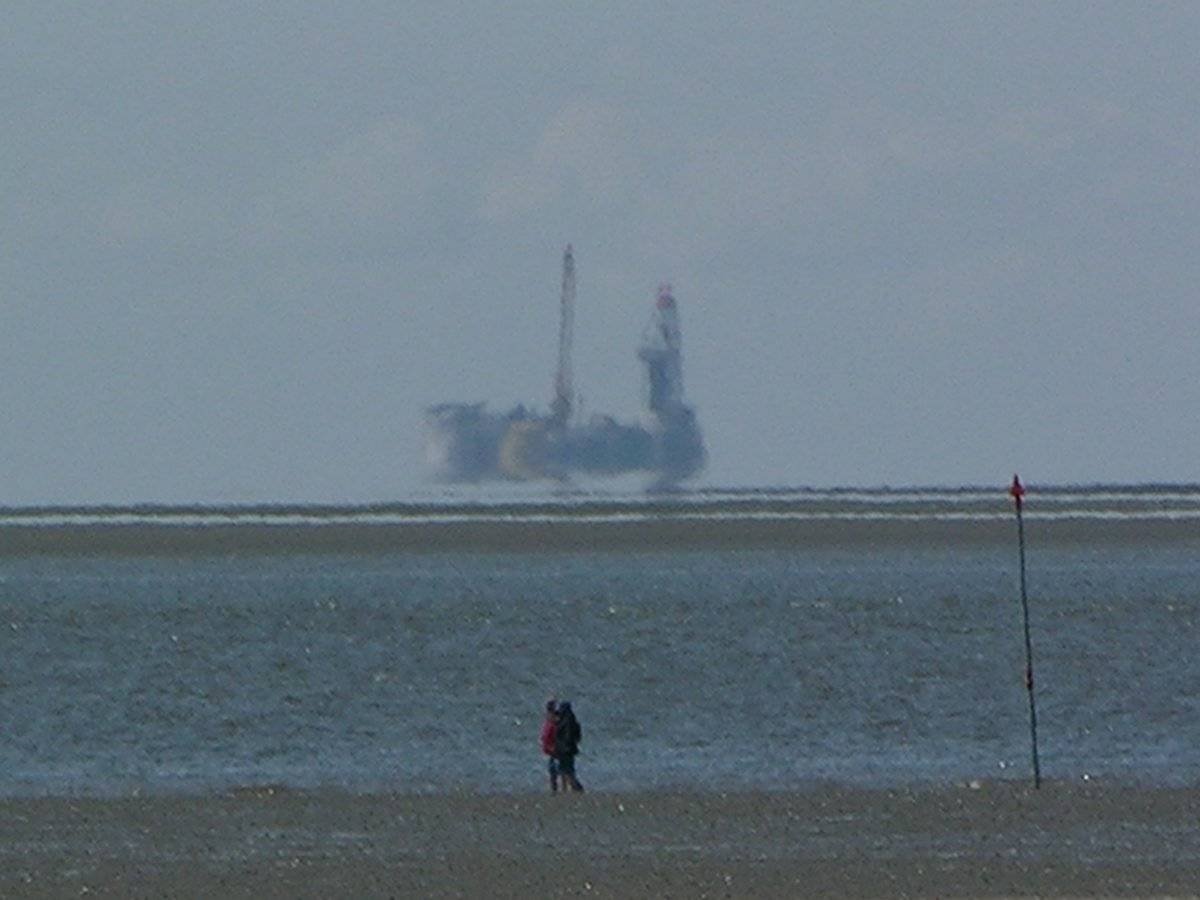
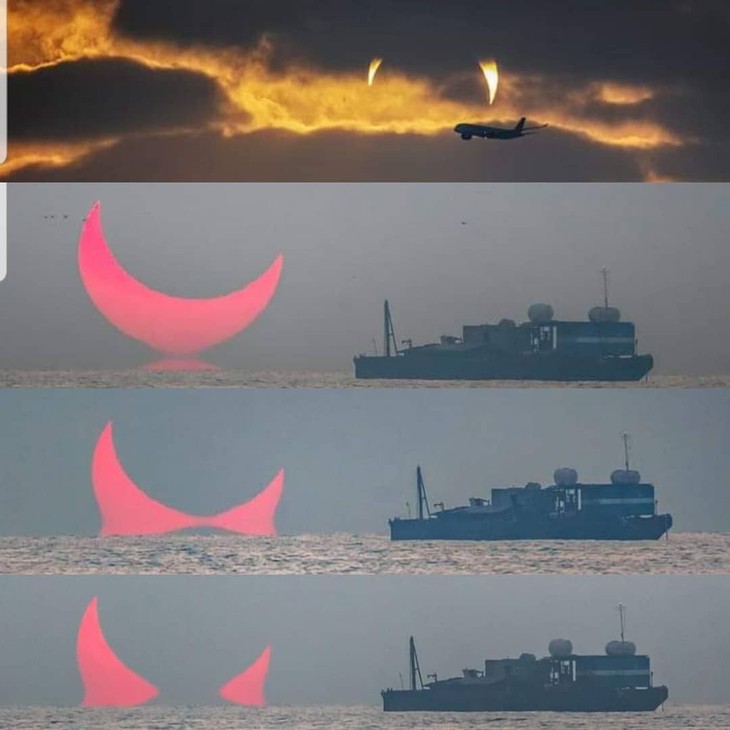











Discussion about this post